A new display in the Theatre and Performance Galleries at the Victoria & Albert Museum titled Russian Avant-garde Theatre: War Revolution and Design 1913 – 1933 presents more than 150 radical designs for theatrical productions by celebrated figures of the Russian avant-garde.
Created over the course of two decades marked by the Russian revolutions and First World War, the works represent an extraordinary point in Russian culture during which artistic, literary and musical traditions underwent profound transformations. New types of theatrical productions demanded innovative design solutions and benefitted from the unprecedented symbiosis of artists, musicians, directors and performers which characterized the period. Artists who worked in a variety of mediums including painting, architecture, textiles, photography and graphics worked collaboratively on theatrical production to create a rich variety of design. The exhibition at the Victoria & Albert Museum in London is on until 25 January 2015.
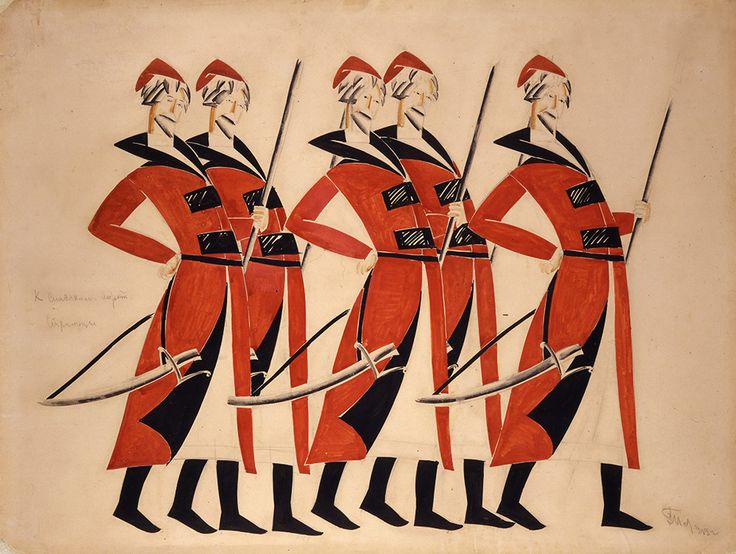
Vladimir Tatlin: Costume Designs for the Archers for the Life for the Tsar (unrealised), 1913-15. Pencil, India ink and gouache on cardboard. Photo: ©Bakhrushin State Central Theatre Museum, Moscow.
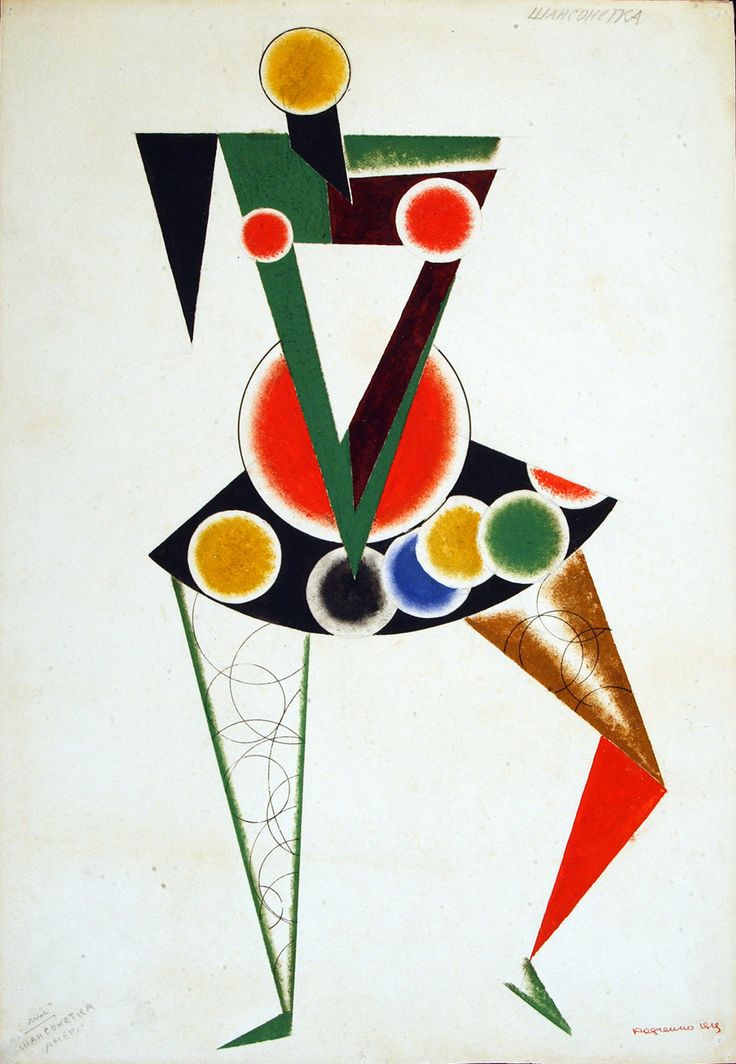
Alexander Rodchenko: Costume design for the Chansonette for We (unrealised), 1919. Graphite pencil, ink, tempera, quill, drafting pen, gouache on paper. Photo: ©Bakhrushin State Central Theatre Museum, Moscow.
END
Would you like to explore London and beyond with a highly qualified and enthusiastic Blue Badge Tourist Guide? Use our Guide Match service to find the perfect one for you!



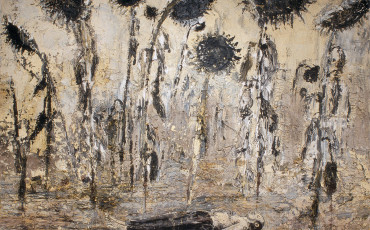
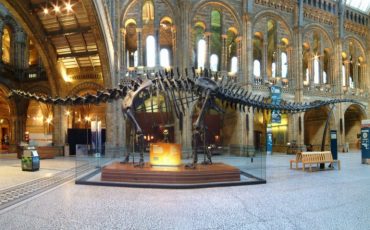

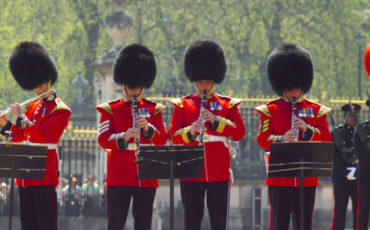
Leave a Reply